Where Do Hard Drive Heads Come From?
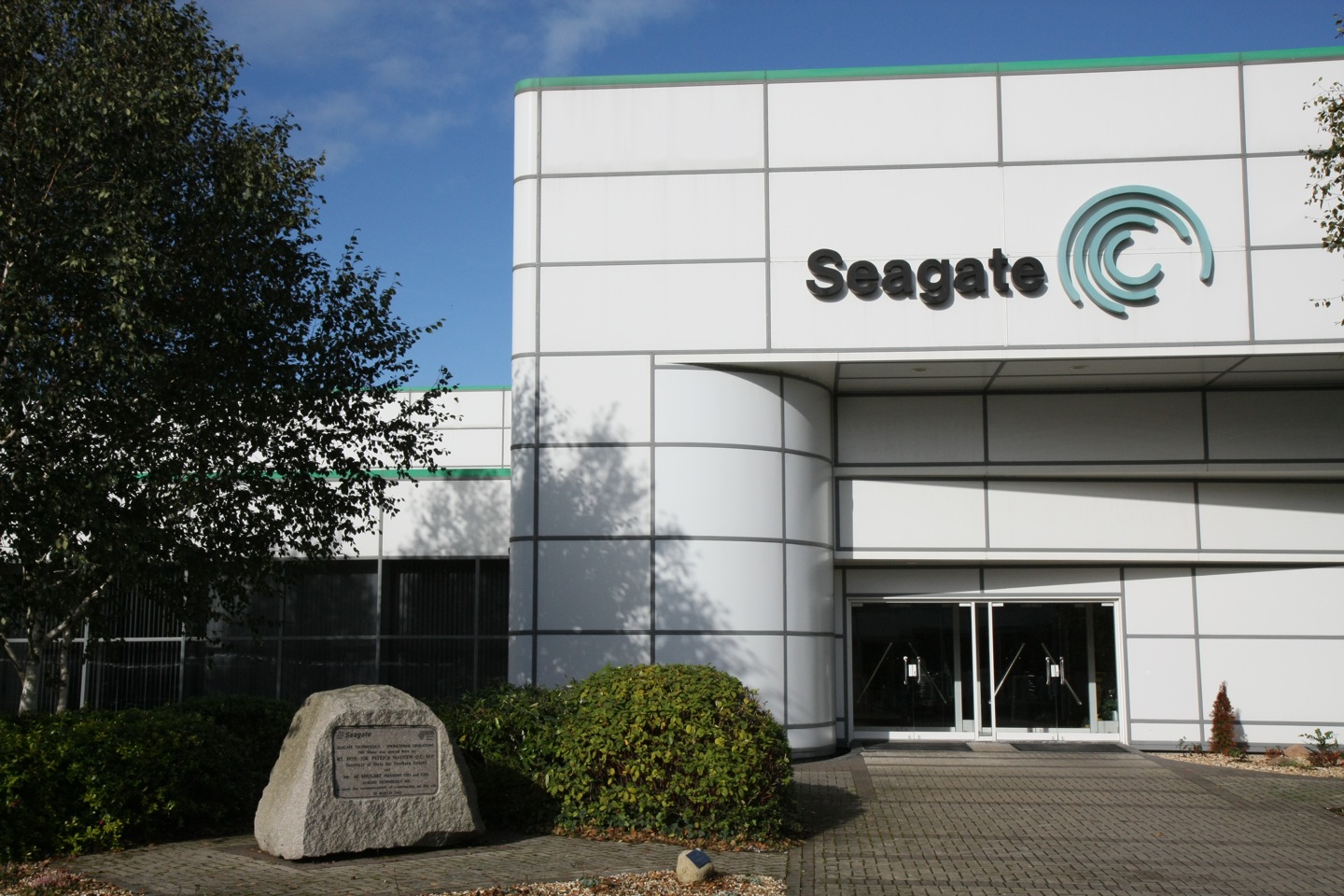
We were recently fortunate enough to visit Seagate’s operation in Ireland. This wasn’t a pleasure trip. Rather, the purpose was to tour of one of the manufacturer’s most important manufacturing sites: Springtown, home to the plant where over 30% of the world’s hard disk read/write heads come from.
If you’ve ever wondered just what’s under the hood of your hard disk, come with us as we take a behind-the-scenes tour of exactly how the process works.
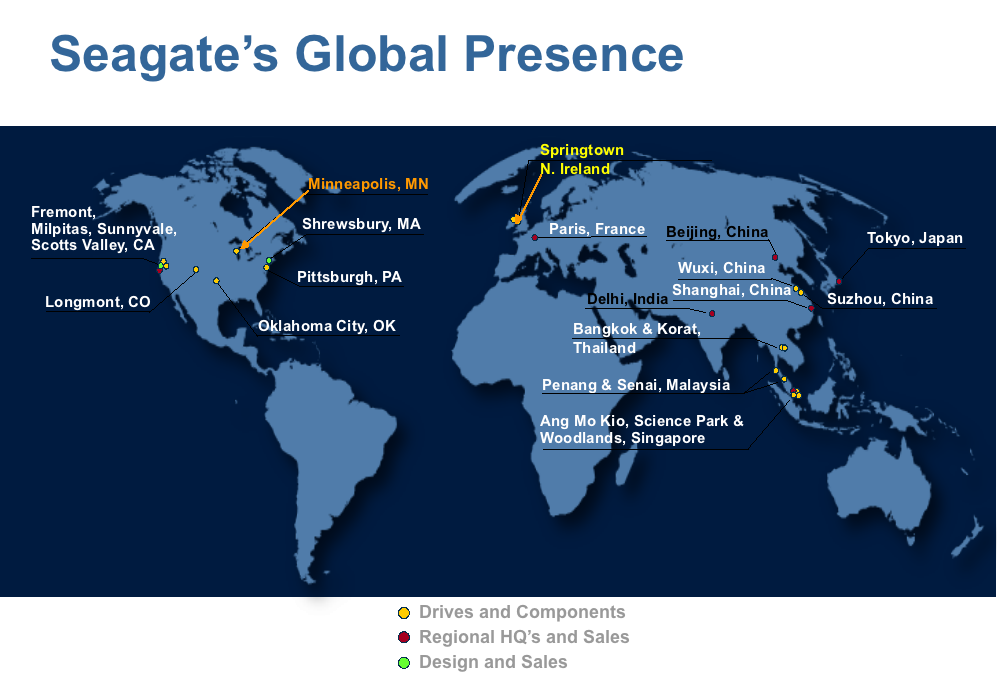
Seagate is a vertically-integrated company, which means that they control the production of all the components needed for fabricating their final product,(hard disks. The fabrication of a hard drive calls on a number of distinct production sites spread out over the planet, each with a particular specialty. The Springtown fab is dedicated to the development and large-scale fabrication of read/write heads. It’s in charge of production of 80% of the magnetic heads used in Seagate hard disks. Springtown has a sister plant in Minneapolis, Minnesota, that provides the remaining 20%.
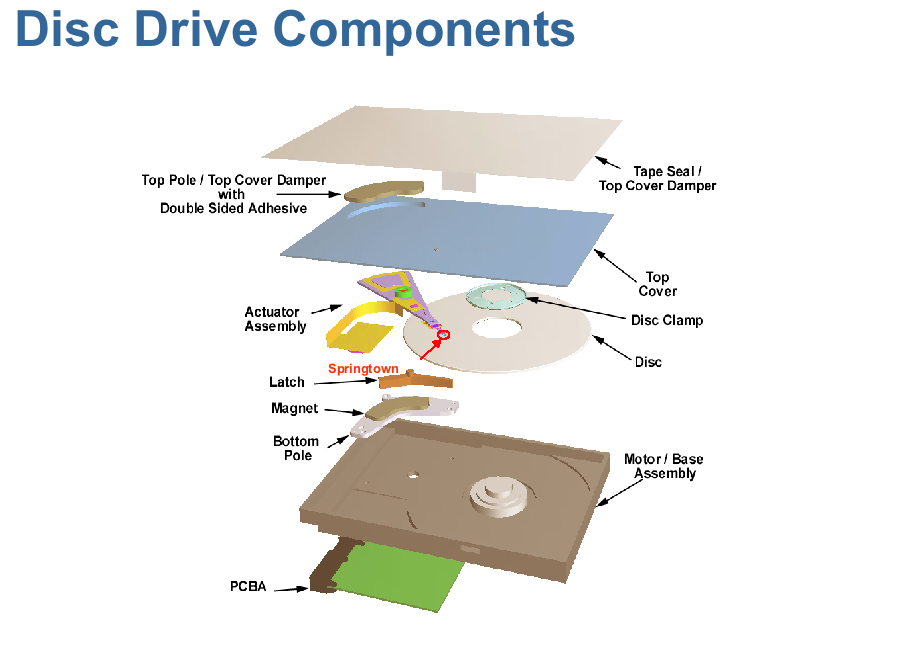
Among the parts that make up a hard disk, the most critical are the magnetic platters on which information is actually stored, as well as the read/write heads. Of course, we mustn’t leave out the motors that spin the platters at high speed and the control electronics, which play an essential role in determining the disk’s performance.
In a Seagate disk, the only components that are outsourced (supplied by sub-contractors) are the control ICs. The design of the circuits and development of the firmware are still a Seagate specialty, according to the company, playing a very important role in their disks’ performance.
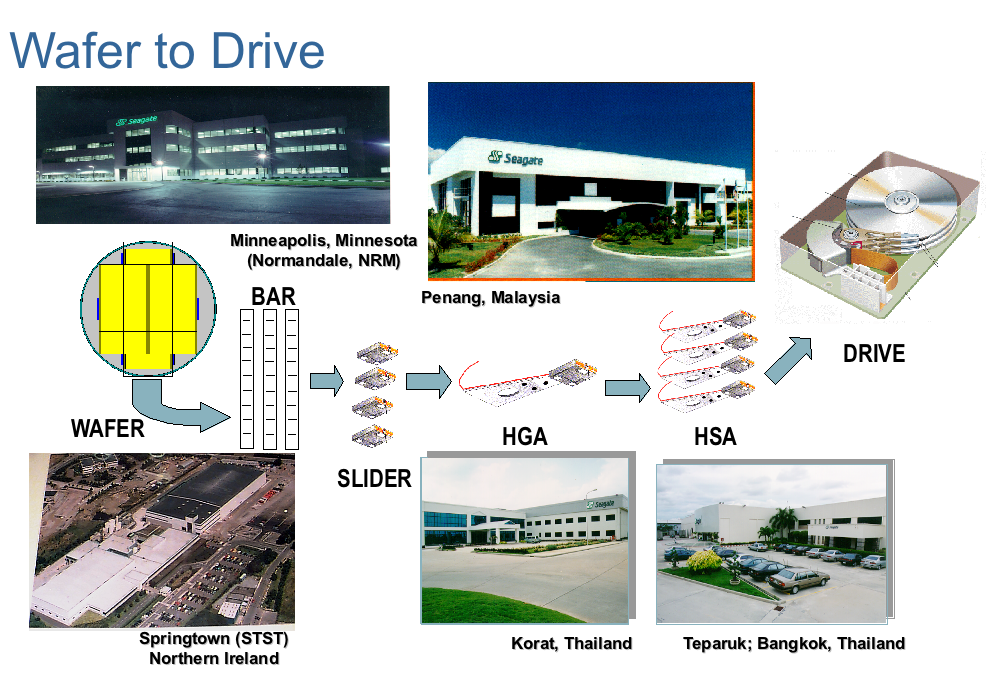
Once fabricated, the heads are sent to Korat or Bangkok in Thailand, where they’re mounted on arms to become what Seagate calls sliders. The sliders must then be mounted on gimbals to form the Head Gimbal Assembly (HGA) for single-platter drives, or Head Stack Assembly (HSA) in the case of hard disks with several platters and heads.
Finally, the platters, HGAs, motors, and other components are assembled into hard drives at mega-plants in Wuxian and Suzhou, China or Penang, Malaysia.
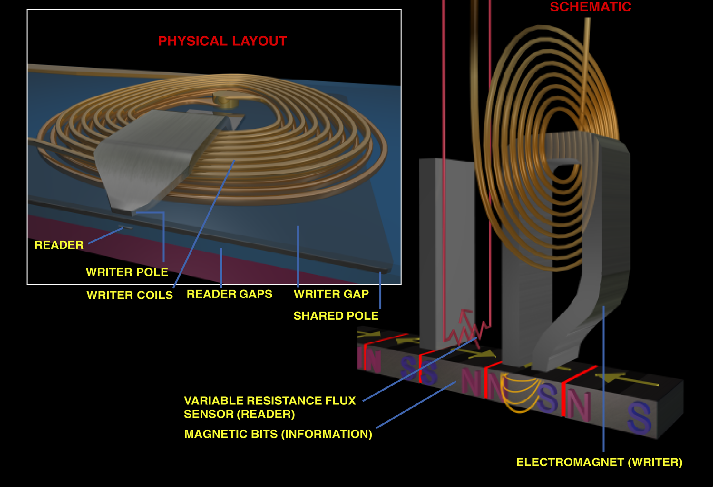
Just what is a hard-disk head? To the naked eye, it’s a tiny object that floats or “flies” above the spinning platters of the drive, attached to the end of its arm. With the aid of an electron microscope, you can actually make out two elements: a read head and a write head.
The job of the read head is to detect changes in the magnetic flux pattern that mark the difference between a 0 bit and a 1 bit. The read head is made of a magnetoresistant material—one whose electrical resistance changes as a function of the magnetic field it passes through. The write head is more complex, since it must generate a magnetic field strong enough to change the polarity of the disk’s substrate. It has one or more coils that perform this function.

The dimensions of the head are impressive. With a width of less than a hundred nanometers and a thickness of about ten, it flies above the platter at a speed of up to 15,000 RPM, at a height that’s the equivalent of 40 atoms. If you start multiplying these infinitesimally small numbers, you begin to get an idea of their significance.
Consider this little comparison: if the read/write head were a Boeing 747, and the hard-disk platter were the surface of the Earth:
- The head would fly at Mach 800
- At less than one centimeter from the ground
- And count every blade of grass
- Making fewer than 10 unrecoverable counting errors in an area equivalent to all of Ireland.
All the elements of the head are fabricated very much the same way as processors are. They are formed from wafers, using photolithography and deposition of appropriate materials.
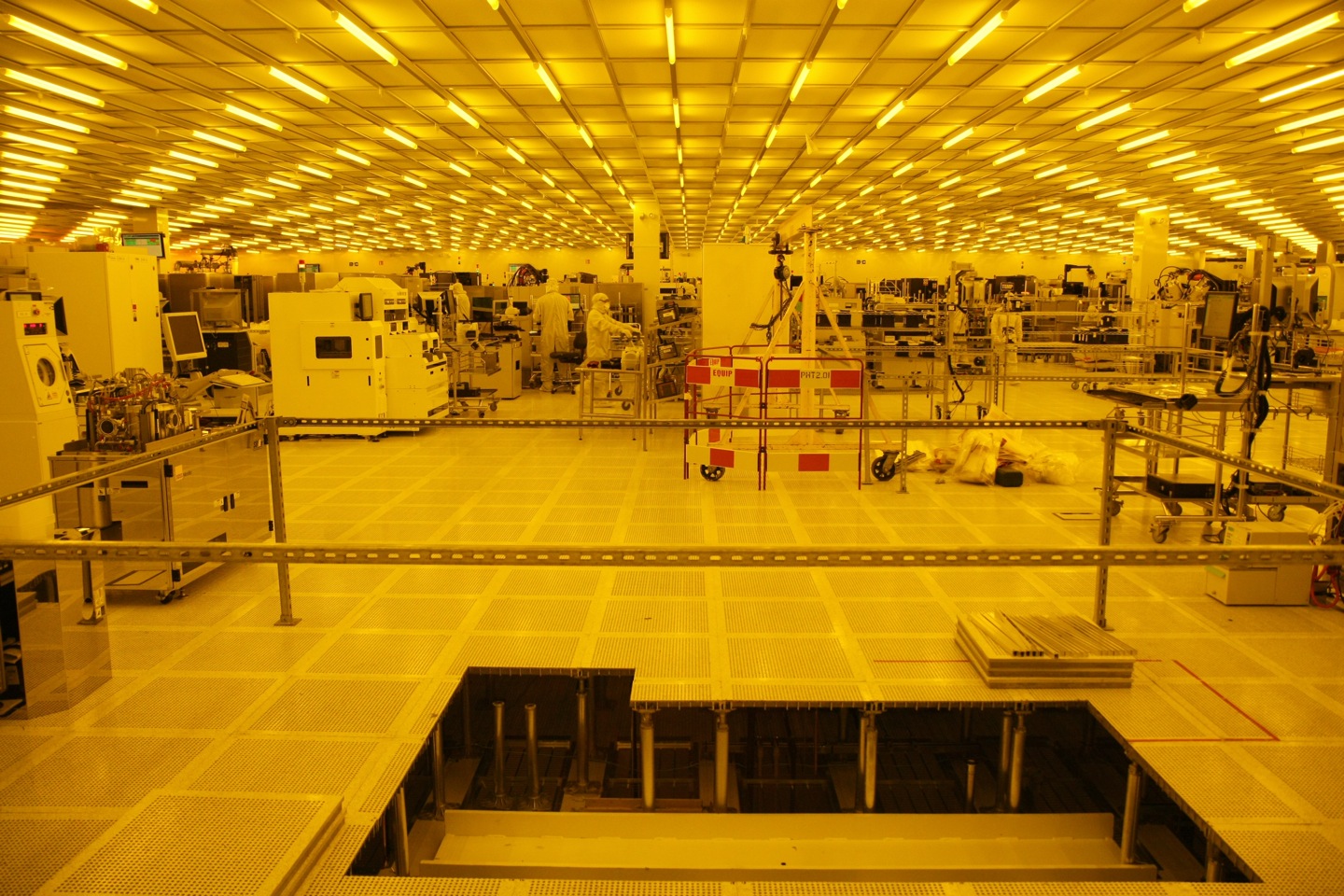
The Springtown facility currently fabricates its heads on wafers with a six inch (15.24 cm) diameter. Since July 2007, conversion has been underway to allow the use of larger eight-inch (20.32 cm) wafers. This requires a large investment—150 million euros over a period of three years, whereas the initial cost of the equipment for fabricating with six-inch wafers was 700 million euros. But as usual, this cost will be quickly recouped due to resulting gains in productivity. Seagate produces approximately 30,000 heads from a six-inch wafer, but 80,000 can be made from an eight-inch wafer.
Seagate is one of the rare producers of magnetic heads. Among the other hard-disk manufacturers, Hitachi and Western Digital also have their own fabs, whereas Toshiba, Fujitsu, Samsung, and ExcelStor use heads fabricated by TDK.
Get Tom's Hardware's best news and in-depth reviews, straight to your inbox.
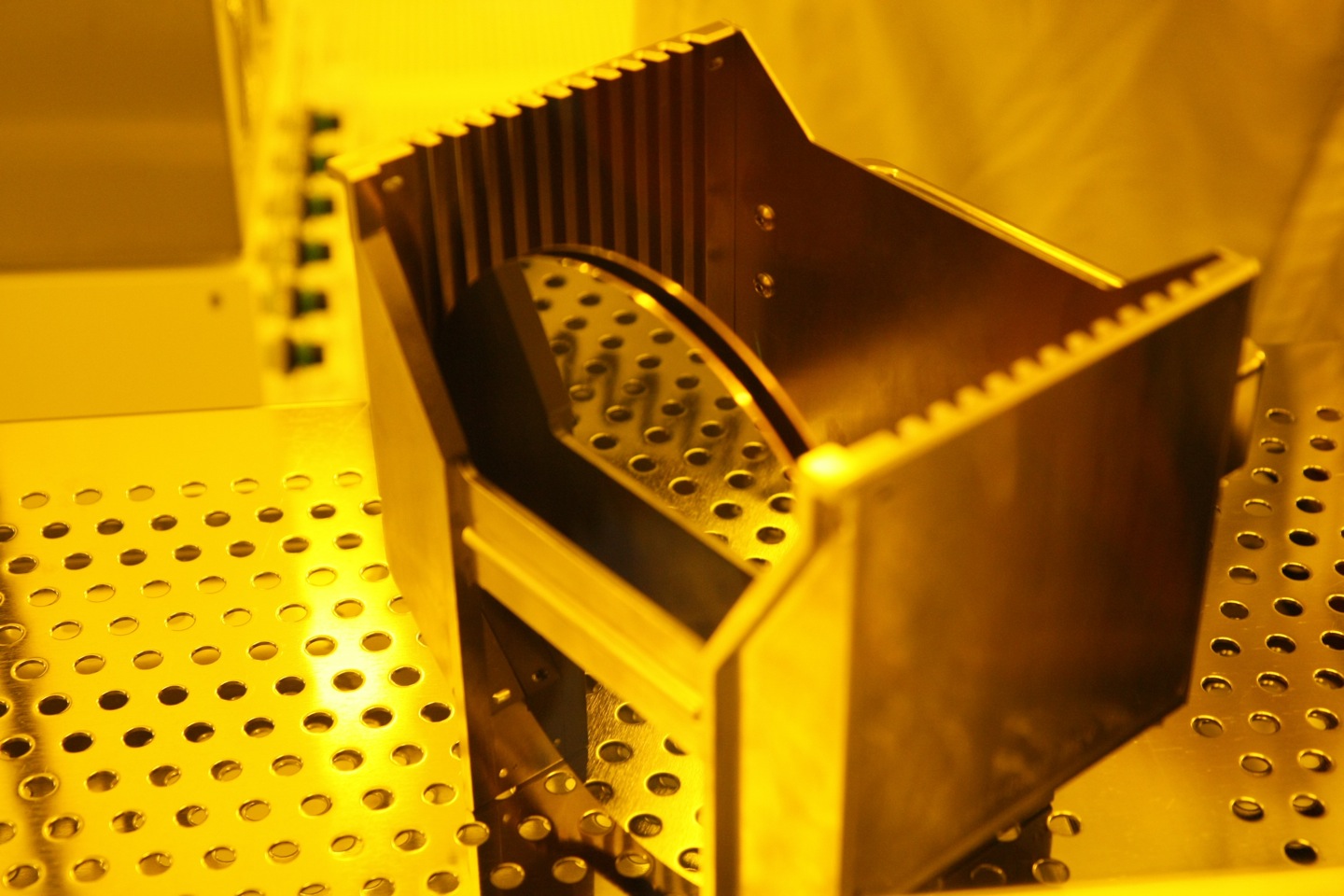
Production of the heads is a very complex, very long process. No fewer than 200 steps are required to produce a single wafer. Given the time taken up by these operations and the constraints related to working hours, an average of 60 days elapse between the time a raw wafer enters the production line and the time when the finished product leaves. The technology used is comparable to what other major manufacturers in the sector can do. The smallest structures etched measure 40 to 50 nm. There is one big difference, however: the wafers contain no silicon. They’re in fact slices of a high-performance ceramic called aluminum titanium carbide (AlTiC).
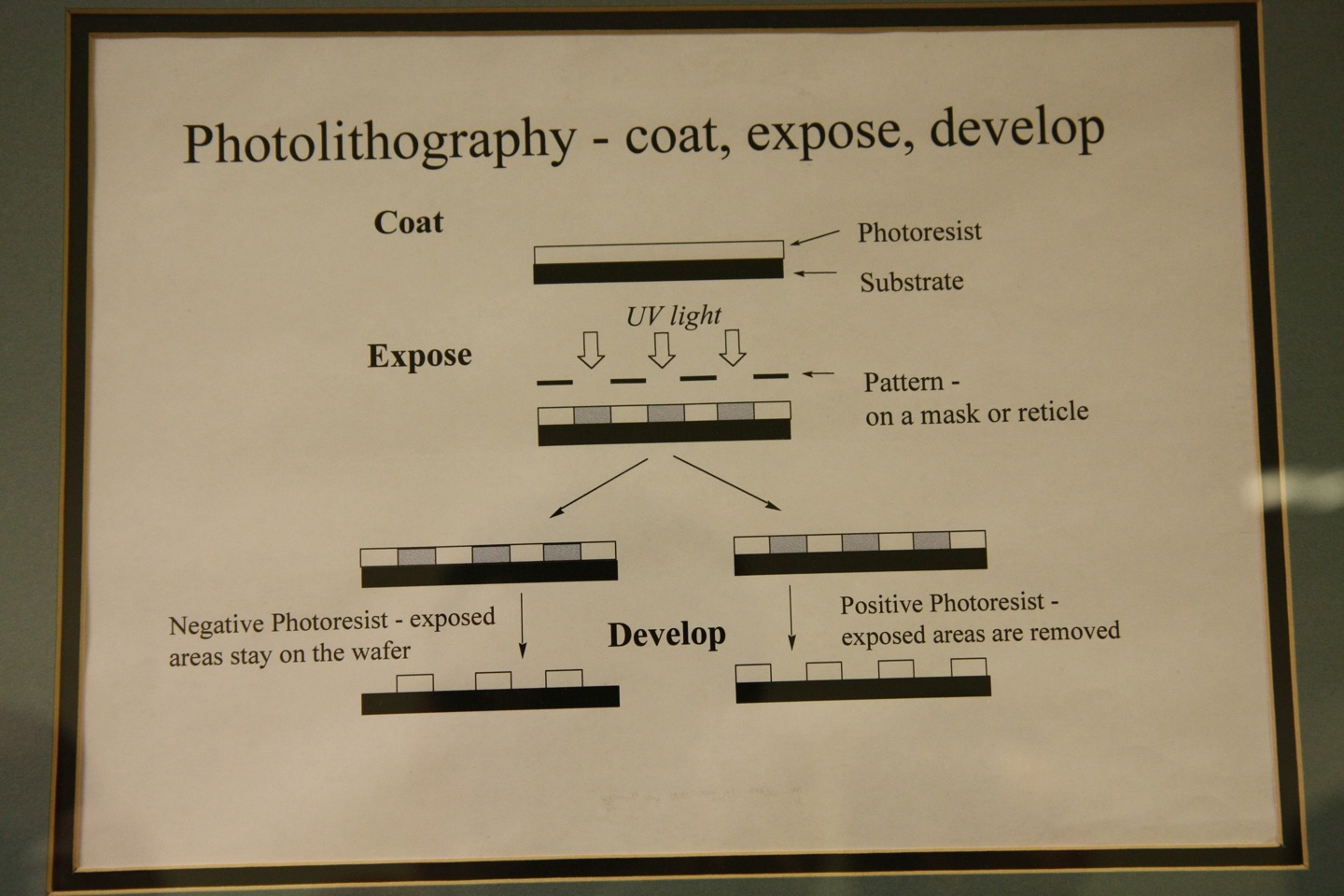
The first stage in the fabrication process is photolithography, which involves imprinting the pattern onto which the different active layers will be deposited, using optical projection. The etching is done in successive stages, with the wafer moving under the photomask in precise increments so that one pattern is imprinted, then the next, and so on. This behavior is why the machines are called "steppers."

Because of the level of mechanical precision required for the movements of the wafers in the different machines, any form of vibration must be eliminated. To do this, the machines are installed on special shock-absorbing feet and isolated from the rest of the floor.
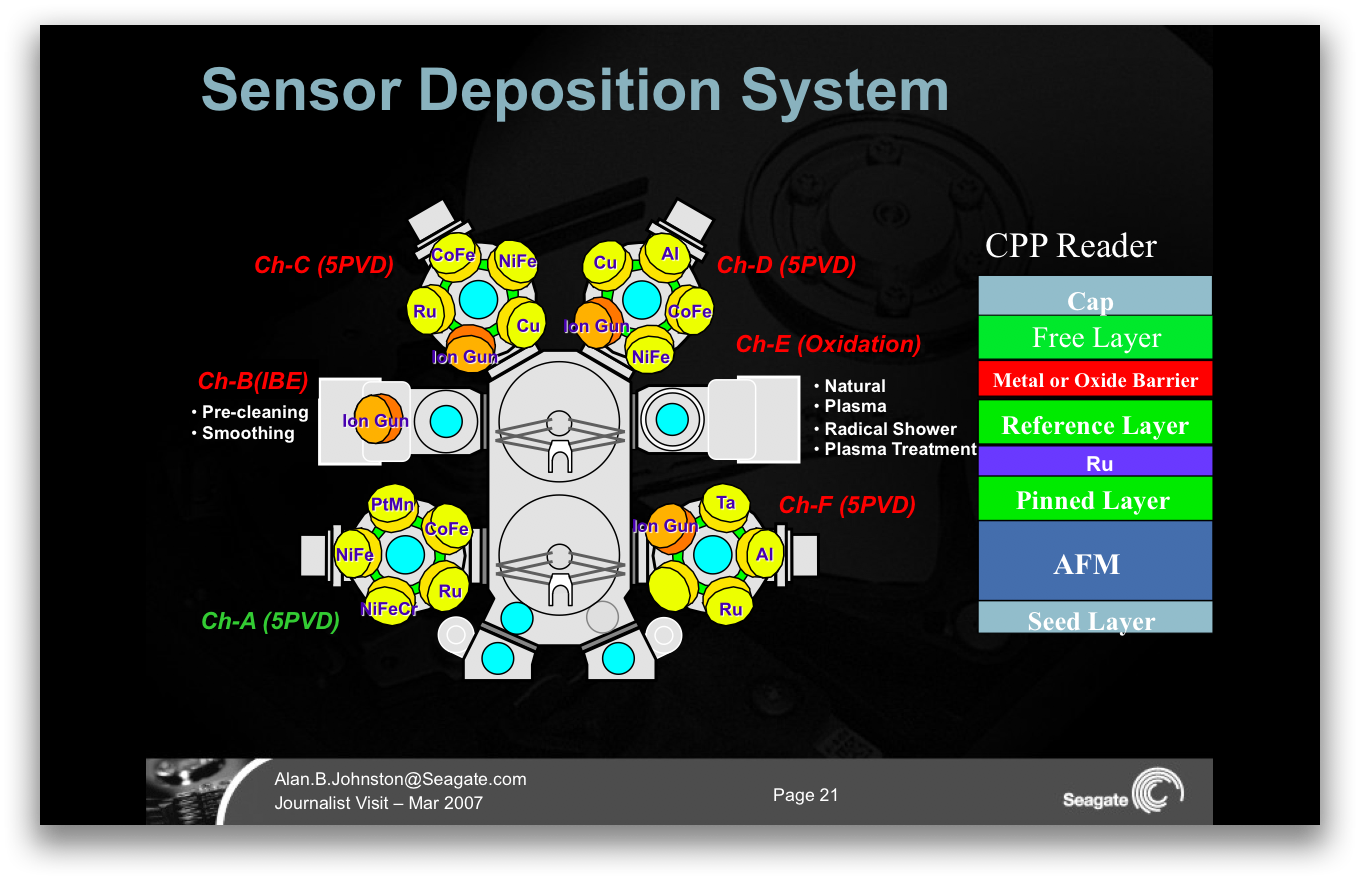
Once the wafers are etched, they go to the deposition stages. These operations are performed in vacuum enclosures by robots that are stocked with all the necessary materials. There are a total of up to 30 to 40 different layers on a single wafer, including the magnetically active layers, then all the ones necessary for chemical and mechanical protection. The diversity of the materials used is astounding; it includes cobalt, nickel, iron, platinum and magnesium. The thickness of the different layers is controlled with absolute precision. Certain layers are less than two Ångströms thick, which is less than the diameter of a single atom of many elements.
-
neiroatopelcc "It’s in charge of production of 80% of the magnetic heads used in Seagate hard disks. Springtown has a sister plant in Minneapolis, Minnesota, that provides the remaining 20%." coupled with "Springtown, home to the plant where over 30% of the world’s hard disk read/write heads come from."Reply
Thereby I must conclude that at least 37,5% of the worlds harddrives have seagate read heads ? if that's true, how come hitachi and western digital drives don't fail like their seagate brothers, if it's the same read heads? -
western digital produce their own heads and so do Hitachi. So it's not the same heads. The other brands use TDKs. Plus, I really wouldn't say that Seagate drives are more prone to failure, but I guess you had a bad experience...Reply
-
neiroatopelcc ye I know somewhere it said the rest of the bunch use tdk heads - but that just means that seagate drives must be so common that they are in more than a third of every computer worldwide. Which is unlikely really, since they're hardly the choice for datastores, and aren't really the obvious choice for end users either.Reply
Anyway, ye I have bad experiences with them, but not limited to one drive. What is the worst part of seagate imo isn't the fact that they're failing more than wds - it's that they don't have anything resembling support. You can contact htem, but they'll just say 'that's normal behavour' until the drive fails completely. Then it's your fault it failed. -
Well thats easy to work outReply
Delorean Made in ? questionable build quality?
20% made in USA = 80% left -
I hate WD drives! Not only have I had a bad experience with several WD Drives I had a very bad experience with WD when I tried to get them to make good on one of them. One of them failed under warranty which they replaced only to find out later that they replaced it with an other drive that failed and that they repaired. This drive all so failed and when I called them one of there managers there in word or less told me that I used up my quota and would not make repairs even though it was still under their warranty. This guy told me basically to get lost stating how long did I expect a drive to last. Well my reply was at the least through the warranty period. Even though this happened a while ago I don’t buy WD’s any more and I just cant recommend them. I have used Seagate drives and have had no trouble with them. Since I never had a problem with seagate I cant comment on there customer service. Stay away from Western digital I got burnt bad.Reply
-
fadirocks t1cvrtI hate WD drives! Not only have I had a bad experience with several WD Drives I had a very ...etcUmm so far I had so many HDs from all manufacturers, 2 hitachi, 3 maxtor, 3 seagate, 5 WD, 2 FujitsuReply
out of all only 1 WD totally died because my friend tripped on the wires and let the bird fly!! and Fujitsu had horrible unrecoverable sectors but then that was after 5 years of abuse
Out of my clients: #1 cause of HD failure is User like moving laptop around while hibernating/shutting down the system, dropping the laptop while working and using unprotected or limited protected power source! -
szore I had a problem with several WD HD's. I had RAID array, several drives and I dropped my computer while it was running. WD replaced all of them by UPS within the week. They even up graded an old 36 gig 10,000 RPM raptor to the 76 gig model for nothing. While I am not crazy about WD, I have had a few problems with them in other situations, they did replace 4 drives for me within the week.Reply -
neiroatopelcc t1cvrtI hate WD drives! Not only have I had a bad experience with several WD Drives I had a very bad experience with WD when I tried to get them to make good on one of them. One of them failed under warranty which they replaced only to find out later that they replaced it with an other drive that failed and that they repaired. This drive all so failed and when I called them one of there managers there in word or less told me that I used up my quota and would not make repairs even though it was still under their warranty. This guy told me basically to get lost stating how long did I expect a drive to last. Well my reply was at the least through the warranty period. Even though this happened a while ago I don’t buy WD’s any more and I just cant recommend them. I have used Seagate drives and have had no trouble with them. Since I never had a problem with seagate I cant comment on there customer service. Stay away from Western digital I got burnt bad.When you get a drive from wd it'll be a repaired drive yes. But that's within their right. And so far I've never seen a repaired drive fail.Reply
Anyway, do you have a transcript of the warrenty issue you describe? I would like to see it before I believe it.
fadirocksUmm so far I had so many HDs from all manufacturers, 2 hitachi, 3 maxtor, 3 seagate, 5 WD, 2 Fujitsuout of all only 1 WD totally died because my friend tripped on the wires and let the bird fly!! and Fujitsu had horrible unrecoverable sectors but then that was after 5 years of abuseOut of my clients: #1 cause of HD failure is User like moving laptop around while hibernating/shutting down the system, dropping the laptop while working and using unprotected or limited protected power source!I've had 4 500gb wd drives break, and a raptor drive break - but in the same timespan (4 years) I've seen at least 10 seagate drives break, two of which happened within the last 6 months), and some 25 maxtor drives. Granted most of our work computers have maxtor or hitachi drives .... but still - only 2 hitachi drives failed in the same time 25 maxtor and 10 seagate did...
-
matthieu lamelot neiroatopelccWhich is unlikely really, since they're hardly the choice for datastores, and aren't really the obvious choice for end users either.Reply
You really have a bad opinion about Seagate, don't you ? ;) FYI, they have a 66 % market share in the "enterprise disks" sector, Hitachi and Fujitsu each fighting for half of the rest. And globally, they have a 33 % market share, so, yes, their heads are found in one third of all disks sold every year.